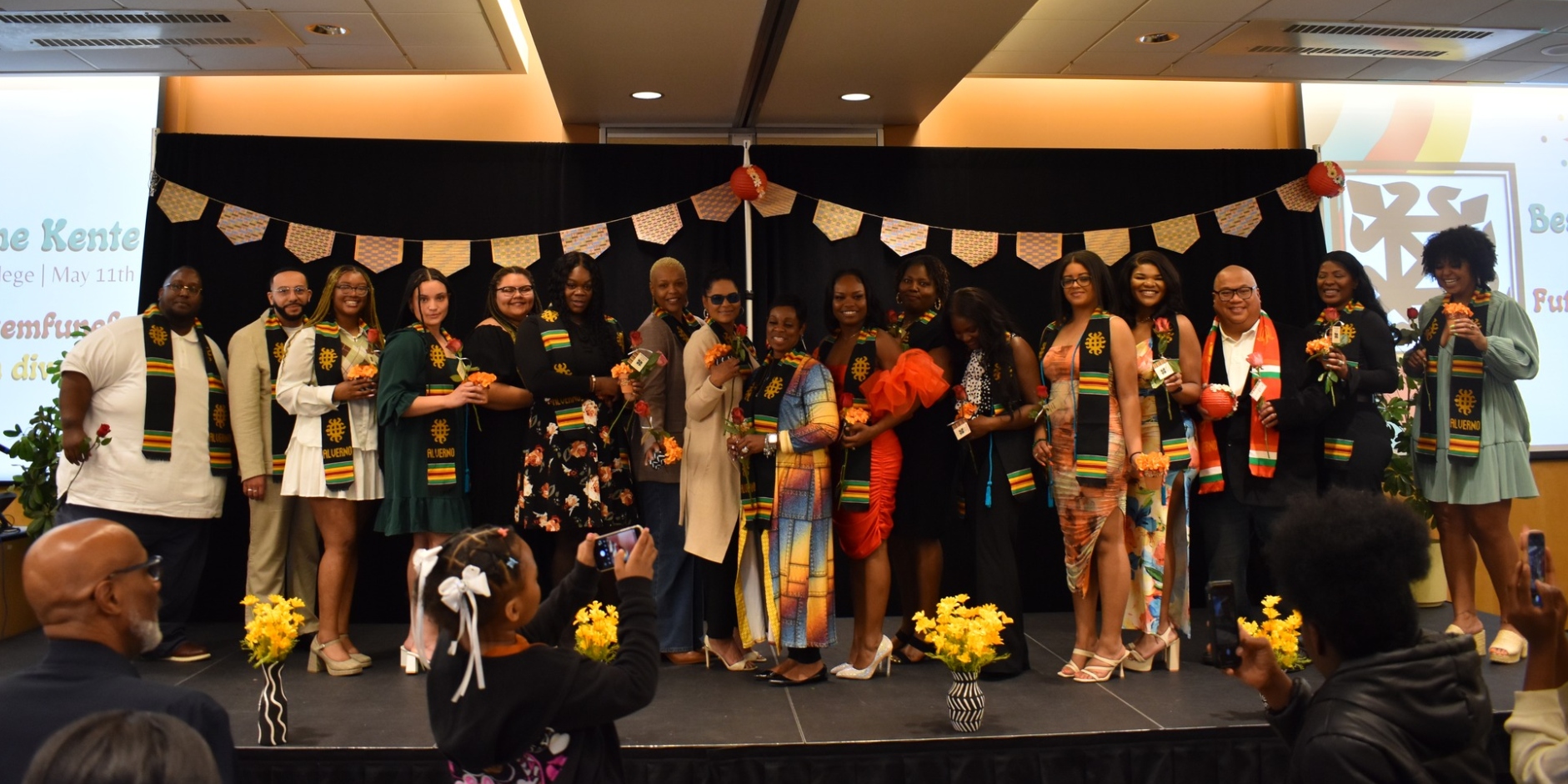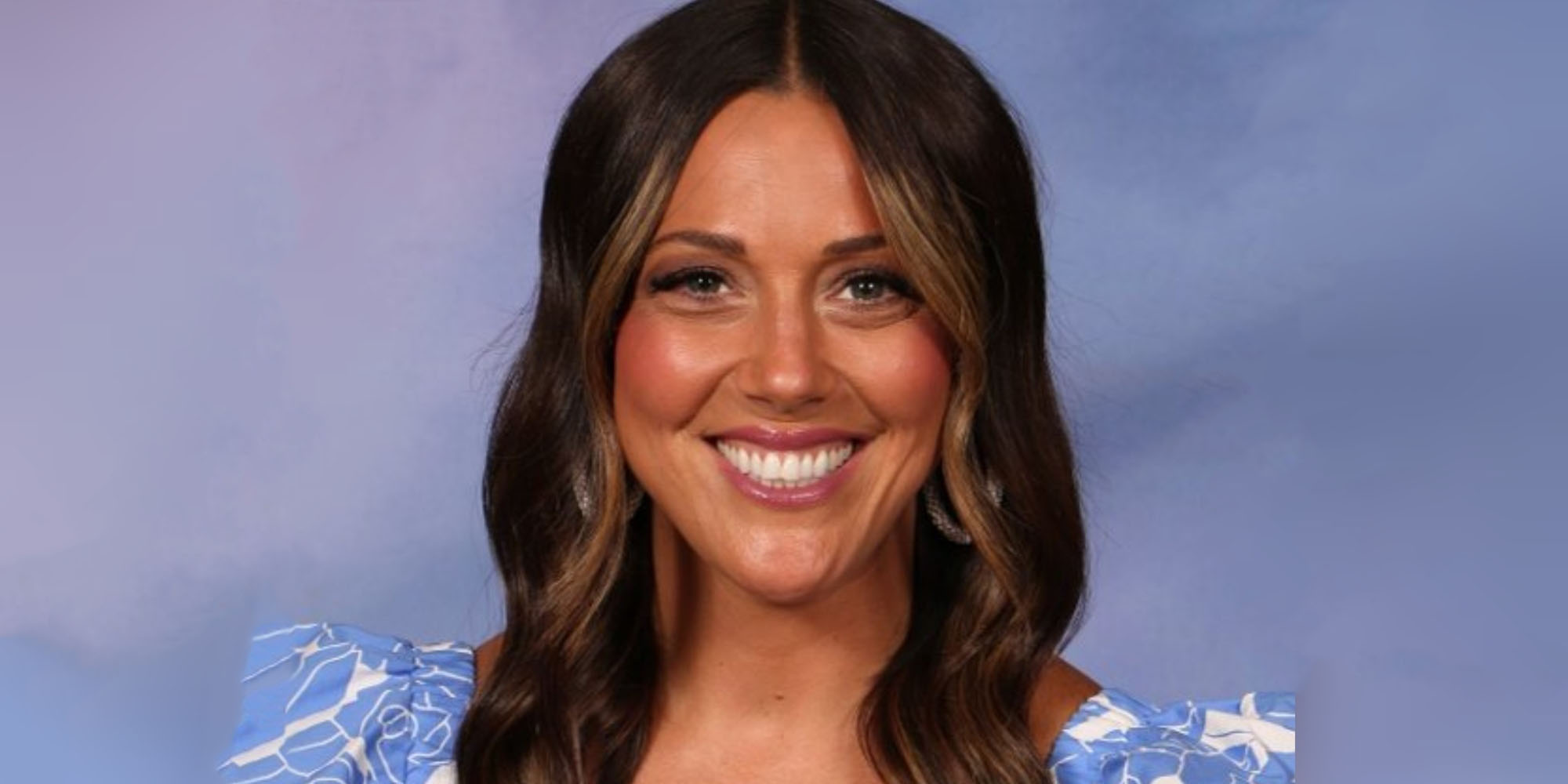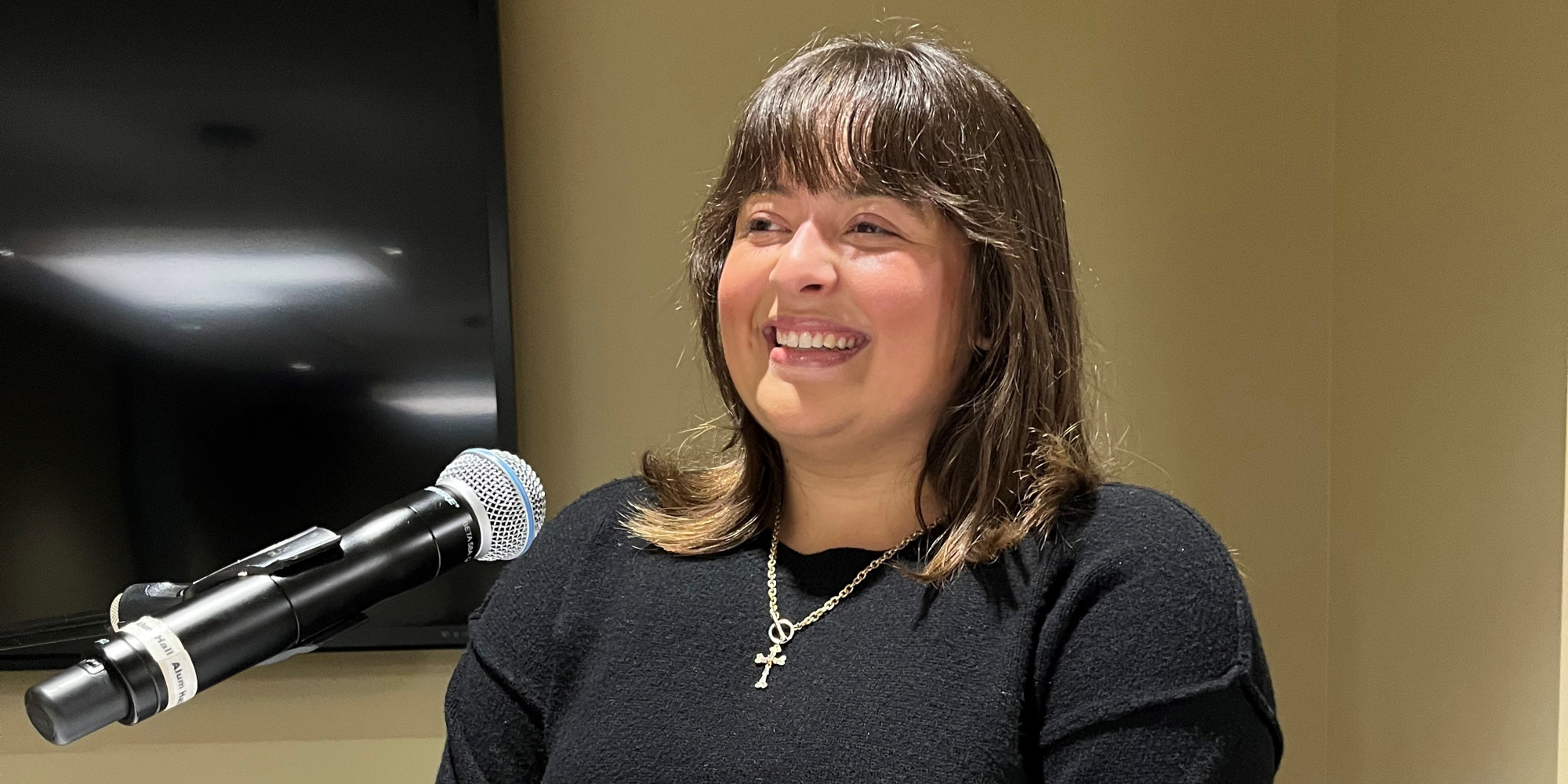At first glance, art and science may not have much in common. But set aside stereotypes about right- and left-brained behaviors, and you'll find that the two disciplines both require forming a hypothesis, setting up experiments, observing results and keeping detailed notes.
This came as a surprise to Lauralee Guilbault, a professor of chemistry at Alverno, when she co-taught a class with Dara Larson, professor and chair of the visual arts department. “I call that doing science, but it's basically problem solving,” Guilbault says. “It was neat to learn that artists did that, too.”
Today, Guilbault, Larson and other Alverno faculty members are coming together to pull more science into art and vice versa. Part of a growing educational trend called STEAM (science, technology, engineering, arts and mathematics), these interactions force learners out of their comfort zones, where Larson says they then ask more complex questions and have the potential for innovative analysis and problem solving.
Alverno students have the added benefit of approaching these interdisciplinary experiences from within the framework of the 8 Abilities, which provide common ground to discuss unique perspectives. “These skills will make STEAM professionals powerful members of innovative teams,” Larson says.
Crossing boundaries
Guilbault and Larson first collaborated to co-teach the class Science Art Experiments, where art and science students met to do papermaking and printmaking as well as to dye fibers. Larson would explain the artform and Guilbault would explain the chemistry underlying the process. For instance, getting a certain dye to adhere to a certain fiber depends in part on their molecular structures. Through experimentation, students discovered how molecules in water-based dyes bond well with those in plant-based fibers.
The best part, Larson says, is that as students collaborate, they are compelled to agree on a common vocabulary. “The art students would say, ‘This is about absorption,' and the science students would say, ‘No, it's about capillary action.' They would have to discuss, and eventually they'd say, ‘Well, we are both right.'”
Larson always looks for ways to bring science into her art classes. When student Tessa Goulais '19 wanted to make paper from partially digested fibers found in goat poo, Larson suggested Goulais order elephant dung fibers from Thailand instead (yes, this is a thing), as they'd already been boiled and dried. Larson then asked Megan Krueger '07 '13, a biology lab manager at Alverno, to analyze the microbial content of the elephant dung fibers “so that we could know exactly what we were working with.”
Krueger and her students found harmless microbes in the fibers, including Streptomyces, or common soil bacteria. That the microbes had survived boiling and drying was a surprise to Goulais, an art major. “How were the microbes still there? How long would I have to take to eliminate all the bacteria in total?” she recalled thinking. Drawing science into her art project piqued her curiosity and instilled in her a desire to investigate other questions. “I want to go to graduate school and take this into my thesis, potentially,” says Goulais, who graduated in May.
Abilities in action
It takes communication, problem solving and social interaction to cross interdisciplinary boundaries. But when doing so, all of the 8 Abilities come into play. For instance, a desire to make paper from fibers in excrement was a form of valuing in decision making. Goulais says she wanted to turn something disgusting into something beautiful. Testing for microbes in the fibers, and finding them harmless, tapped into issues of sustainability and, ultimately, effective citizenship. “Why not make paper out of something that doesn't get used very often versus tearing down trees that we need to survive?” she asks.
Art students who become more engaged in science, and vice versa, deepen their explorations, Larson says. That's when innovation can happen. In a materials science class called the Science of Everyday Materials, Guilbault purposely drew upon art. Students studied the chemical makeup of plastics and then were asked to recycle them into useful products. One team processed single-use plastic grocery bags into attractive bowls. Another team turned similar bags into beads and made a necklace — both groups delving into aesthetic engagement, among other abilities.
“A liberal arts education at Alverno asks students to sit with an object or issue and view it from multiple perspectives,” says Tracy Thompson, professor and chair of the Alverno physical sciences department.
Artists who engage with science may begin to understand, at the molecular level, why a particular material behaves in a certain way, Thompson says. If the chemical is toxic, the artist can search for an alternative. That recently happened when Larson and Krueger discussed bacterial buildup in the pulp solutions used to make paper. Krueger told Larson that adding a few drops of cinnamon oil to the water would kill the bacteria.
“We should know at least a bit about various disciplinary frameworks so that we can ask the kinds of questions that give us a full picture of the object or issue,” Thompson says.
For instance, people make choices about the materials they want to use. Which frying pan to buy, which coat to wear, which paint to use, which car to drive. The choices may be rooted in values that include economics, aesthetics or durability. But as humanity faces pressing issues of sustainability, people need to be equipped to ask questions fundamentally rooted in the sciences, such as chemistry. According to Thompson, those who possess such knowledge are more effective citizens.
“Addressing the major issues of the world requires that we draw on others' expertise and recognize our interdependence,” she says.
This article appears in the spring/summer 2019 issue of Alverno Magazine.





